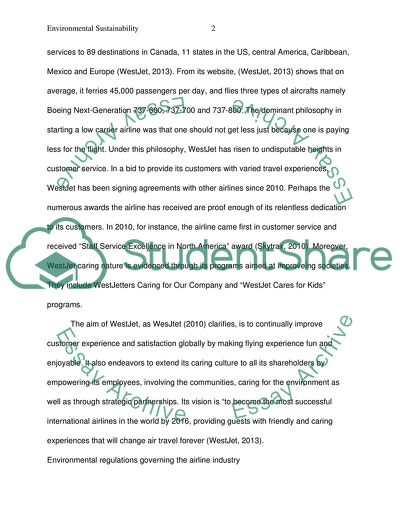Cite this document
(Participation in Environmentally Sustainable Work by Westjet Airlines Case Study, n.d.)
Participation in Environmentally Sustainable Work by Westjet Airlines Case Study. https://studentshare.org/environmental-studies/1833075-participate-in-environmentally-sustainable-work-practices
Participation in Environmentally Sustainable Work by Westjet Airlines Case Study. https://studentshare.org/environmental-studies/1833075-participate-in-environmentally-sustainable-work-practices
(Participation in Environmentally Sustainable Work by Westjet Airlines Case Study)
Participation in Environmentally Sustainable Work by Westjet Airlines Case Study. https://studentshare.org/environmental-studies/1833075-participate-in-environmentally-sustainable-work-practices.
Participation in Environmentally Sustainable Work by Westjet Airlines Case Study. https://studentshare.org/environmental-studies/1833075-participate-in-environmentally-sustainable-work-practices.
“Participation in Environmentally Sustainable Work by Westjet Airlines Case Study”. https://studentshare.org/environmental-studies/1833075-participate-in-environmentally-sustainable-work-practices.


